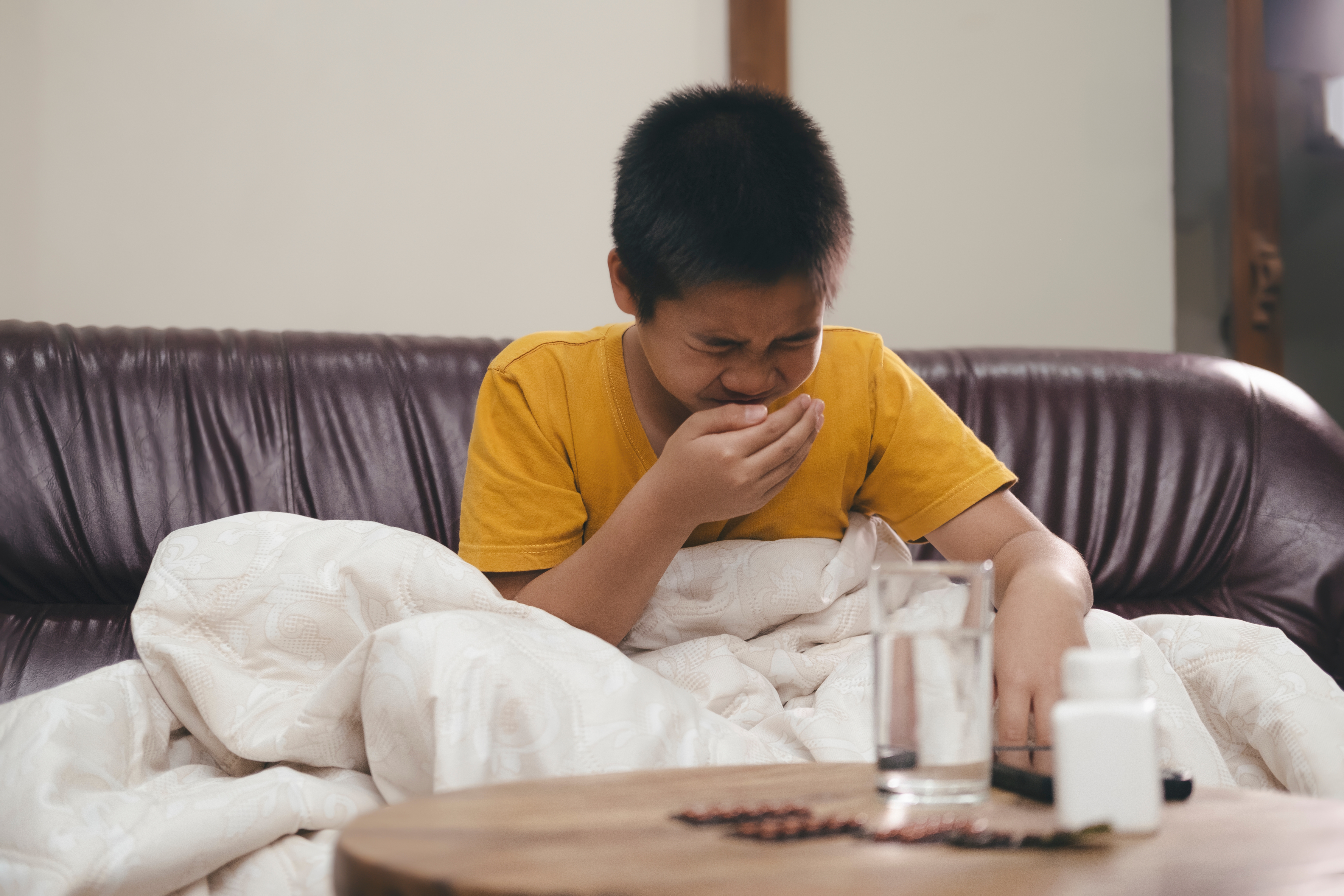Top 10 Childhood Illnesses Every Parent Needs to Know
Childhood is a time of exploration, growth, and boundless energy. However, it can also be a period fraught with various health challenges. Understanding these common illnesses is crucial for parents and caregivers in ensuring the well-being of their children. This article delves into the top 10 most common childhood illnesses, providing parents with vital information to help navigate the complexities of childhood health. Children, with their developing immune systems, are particularly susceptible to a variety of illnesses. These range from mild, self-limiting conditions to more serious diseases requiring medical intervention. The interconnected nature of these illnesses can often make it challenging for parents to discern one from another. By unraveling this intricate web, we aim to equip parents with the knowledge to identify symptoms early, seek appropriate medical care, and implement preventive measures.
1. The Ubiquity of the Common Cold

The common cold is perhaps the most pervasive illness affecting children. Characterized by a runny nose, cough, and sore throat, it is caused by a variety of viruses, with rhinoviruses being the most common culprits. Children, especially those in school or daycare, are highly susceptible due to their close contact with peers and still-developing immune systems. While generally mild, colds can lead to complications such as ear infections or sinusitis if not managed properly. Understanding the transmission of the common cold is crucial for prevention. The virus spreads through droplets in the air or by touching contaminated surfaces and then touching the face. Encouraging children to wash their hands frequently and teaching them to cover their mouths when coughing or sneezing can significantly reduce the spread. While there is no cure for the common cold, supportive care such as rest, hydration, and over-the-counter medications can alleviate symptoms and aid recovery.
2. Navigating the World of Ear Infections

Ear infections are another prevalent ailment in young children, often following a cold. These infections occur when bacteria or viruses invade the middle ear, leading to inflammation and fluid buildup. Symptoms include ear pain, irritability, and sometimes fever. Young children may tug at their ears or have difficulty sleeping due to discomfort. While some ear infections resolve on their own, others may require antibiotics to prevent complications such as hearing loss. Parents should be aware of the signs of an ear infection and seek medical advice if symptoms persist or worsen. Preventive measures include ensuring children receive recommended vaccinations and managing allergies that can contribute to ear infections. Understanding the link between colds and ear infections can help parents take proactive steps to reduce their child's risk, such as using decongestants during colds and avoiding exposure to secondhand smoke, which can exacerbate symptoms.
